Carl Jung once said, “Until you make the unconscious conscious, it will direct your life and you will call it fate.” This statement rings true not only in our personal lives but also in our professional environments. Our shadows—the hidden, suppressed parts of ourselves—can significantly impact how we interact with employees, coworkers, or managers.
In the workplace, our shadows can show up in subtle and not-so-subtle ways: the perfectionist who micromanages, the leader who avoids conflict, or the team member whose insecurities breed resentment. Left unexamined, these shadow traits can erode relationships, lower morale, and ultimately hinder both personal and organizational growth.
How the Shadow Shows Up in the Workplace
-
In Leadership
As a leader, unresolved shadow traits can manifest in the way you manage or influence others. Perhaps you avoid delegating because your shadow whispers that you’re the only one who can do it “right.” Or maybe you overcompensate by demanding perfection, driven by an inner fear of being seen as weak. -
In Team Dynamics
In team settings, shadows can create friction. For example, envy or fear of inadequacy might lead to passive-aggressive behavior or withholding ideas. On the flip side, a reluctance to assert yourself may prevent you from contributing meaningfully. -
In Conflict
Conflict often brings shadow traits to the surface. Anger, defensiveness, or avoidance can escalate minor disagreements into major issues. By recognizing these behaviors as manifestations of the shadow, you can begin to address their root causes and create healthier dynamics.
Questions for Reflection
- What workplace situations or behaviors trigger strong emotional reactions in you, and what might these reactions reveal about your shadow?
- How might unresolved shadow traits influence your leadership style or interactions with coworkers?
- What recurring conflicts or challenges in your workplace could be linked to hidden aspects of yourself?
Homework: Conflict Analysis at Work
Reflect on a recent workplace conflict that affected you. Answer the following:
- What emotions did this conflict evoke, and how did you react?
- What shadow traits might have influenced your reaction (e.g., fear of criticism, need for control)?
- How could you approach a similar situation differently in the future?
By doing this exercise, you may uncover hidden patterns that, when addressed, could transform your relationships and interactions in the workplace.
Why Shadow Work Matters in the Workplace
Understanding and integrating your shadow not only helps you grow as an individual but also enhances your ability to foster a positive work environment. Whether you’re leading a team or collaborating with peers, recognizing and working with your shadow can lead to more authentic, effective, and fulfilling interactions.
Shadow work isn't about eliminating these hidden parts of yourself but learning to acknowledge, accept, and manage them. In doing so, you not only elevate your professional performance but also set an example for others to approach work with greater self-awareness and compassion.
Start exploring your shadow today and see how it can transform your workplace relationships and overall success. As James Hollis reminds us, “Our work on the shadow is never done; it is the ongoing obligation of a conscious life.”
Free Online Men's Group
Are you ready to face your shadow? Start the journey with us and begin becoming the father you were meant to be. Join the Free Legacy Father online community, a tribe of men leveling up as fathers.

